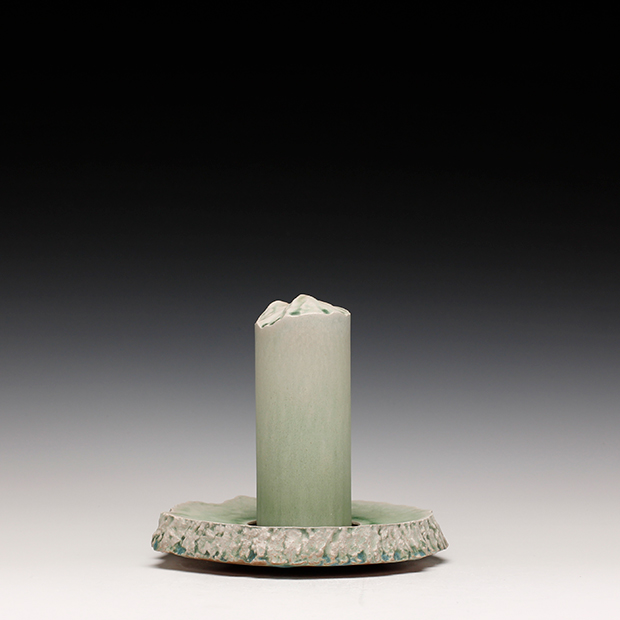Biography
John Utgaard grew up in Carbondale, Illinois and became interested in Ceramics while in high school. He studied ceramics at Southern Illinois University in Carbondale, the Kansas City Art Institute, and at Alfred University, where he received his MFA in 1999. In addition to having been an artist in residence at the Archie Bray Foundation in Helena, Montana, John taught at the University of Texas at Austin, Penn State University, and currently teach in the ceramics area of Murray State’s department of Art and Design.
Statement
Although I’ve made mostly ceramic sculpture for the last 20 years, pots have always been important to me. When I was growing up, my family had a way of holding on to broken pots, tools and utensils that went beyond mere thrift. There was an unspoken sense that the wares of our everyday lives had a significance to them, that damage and wear didn’t necessarily detract from an object, and that the improvised solution (of say, a particular plate as the replacement lid for a saucepan) was a good solution. I remember in particular the chipped ironstone platter whose glaze was crazed and deeply stained from serving decades of roasts.
In high school, I became interested in ceramics out of a kind of Emersonian desire for self-reliance, imagining that I would gain a kind of independence by producing the objects of my own daily life. The material transformation of ceramics fascinated me, and as I continued pursuing clay working in college, my focus became more about the surface and my work became more sculptural. I still loved pots, and I was always a consumer and user of pots. I worked alongside people who became great potters, and I envied their creative rhythm and the connection they made with their users (as opposed to “viewers”). Over the years, I learned more about pots from eating and drinking from them (and washing them) than I had from making them.
When a pot is right, it becomes like an extension of your body, alive in your hands. Picking it up, it feels something like when you pick up a child or an animal that wants to be held. When the balance isn’t there, it can be like trying to use a pair of wrong-handed scissors. When I make pots I strive for that “rightness” in how they feel, but the best I can say is that I am sensitive to it, and all too aware of its absence when I fall short.
 $175
$175
 $175
$175